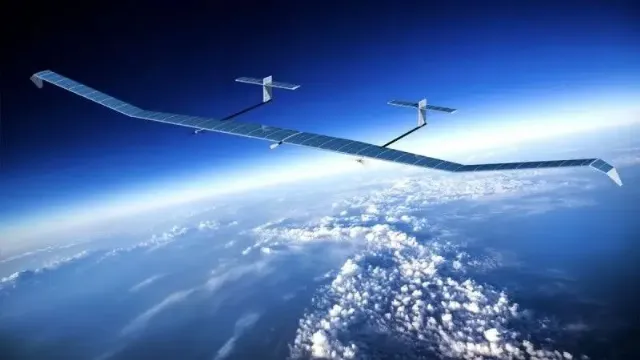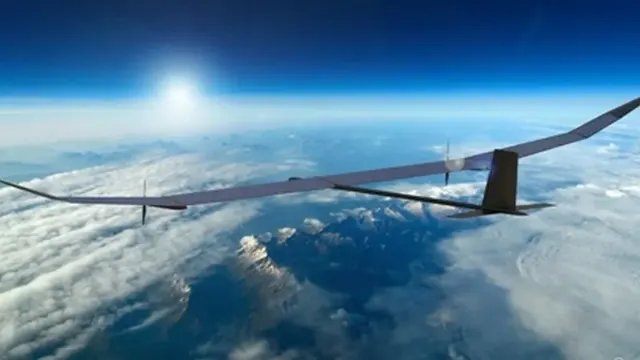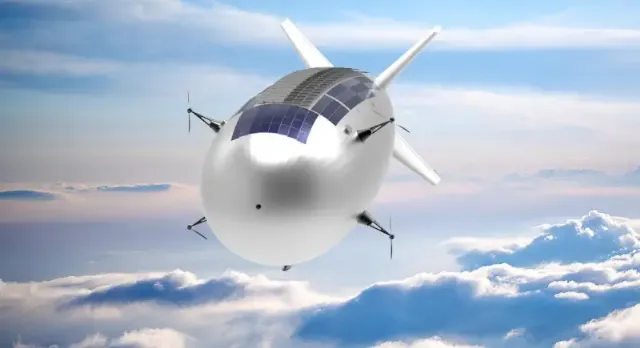 Zephyr from Airbus
Zephyr from AirbusPseudo–satellites are unmanned vehicles that perform the same functions as orbiting satellites (telecommunications, intelligence gathering, and so on), but at the same time operate not outside the planet, but in its stratosphere. The category of high-altitude pseudo-satellites includes UAVs capable of reaching heights of more than 20 km.
Pseudo-satellites, as a rule, are lightweight platforms with a large wingspan, equipped with solar panels that generate electricity to power on-board systems. This design allows them to stay in the air for a long time (from several weeks to several months) without the need for frequent refueling or landing. On-board motion and control systems allow them to maintain a position over a certain area, which makes them very effective solutions for tasks requiring long-term surveillance and communication.
Orbiting satellites require expensive launch vehicles and are limited by set trajectories, while traditional ground-based telecommunications towers and radars have a limited range, and their effectiveness depends on the terrain. Against this background, pseudo-satellites are an economical and effective solution, covering vast territories without leaving the Earth and being able to change their location.
 PHASA-35 from BAE Systems
PHASA-35 from BAE SystemsOne example of pseudo-satellites is the Zephyr from Airbus. It is an ultralight unmanned structure in the shape of an airplane with a wingspan of more than 25 m, powered by solar energy. It can stay in the stratosphere for up to several months.
Another innovative design is the PHASA-35, developed by BAE Systems. This is a 35 m wingspan platform operating at an altitude of about 21 km. Thanks to the use of solar energy, it can operate continuously for many months.
The HAWK30, created by the American defense contractor AeroVironment in collaboration with SoftBank, is another example of a pseudo-satellite. 10 electric motors and a wingspan of 78 m allow it to stay at an altitude of about 20 km for a long time. The HAWK30 is designed to provide Internet access in regions where traditional telecommunications infrastructure is lacking. The Sunglasses, a similar project being developed by SoftBank, is a larger and more advanced version of the HAWK30.
 Stratobus from Thales
Stratobus from ThalesStratobus, developed by Thales, also stands out in the pseudo-satellite market. Its design is based on a stratospheric airship, which will allow it to hover over one area for a long time.
One of the latest projects in this category is Odysseus, developed by Aurora Flight Sciences, a subordinate of Boeing. This is the latest stratospheric pseudo-satellite designed for long-term Earth observation. Its large surface, covered with solar panels, will allow for missions lasting several months without the need for landing.
Pseudosatellites are an effective tool for conducting intelligence, providing communications and retransmission. At the same time, they can be adapted to solve other military tasks. The vast majority of the samples are still under development, but the increasing prevalence of pseudo-satellites in world practice indicates their potentially high role on the modern battlefield.
